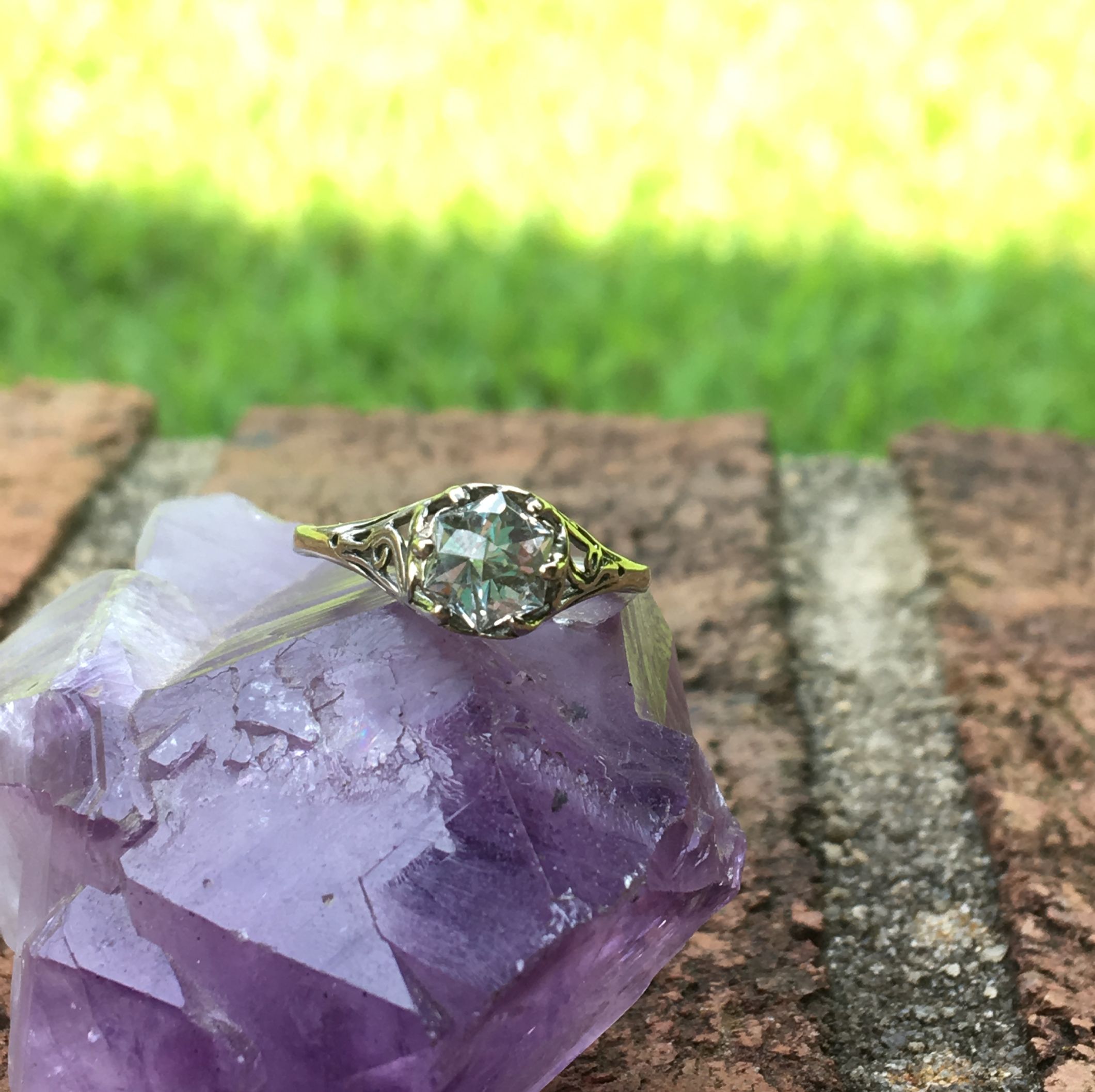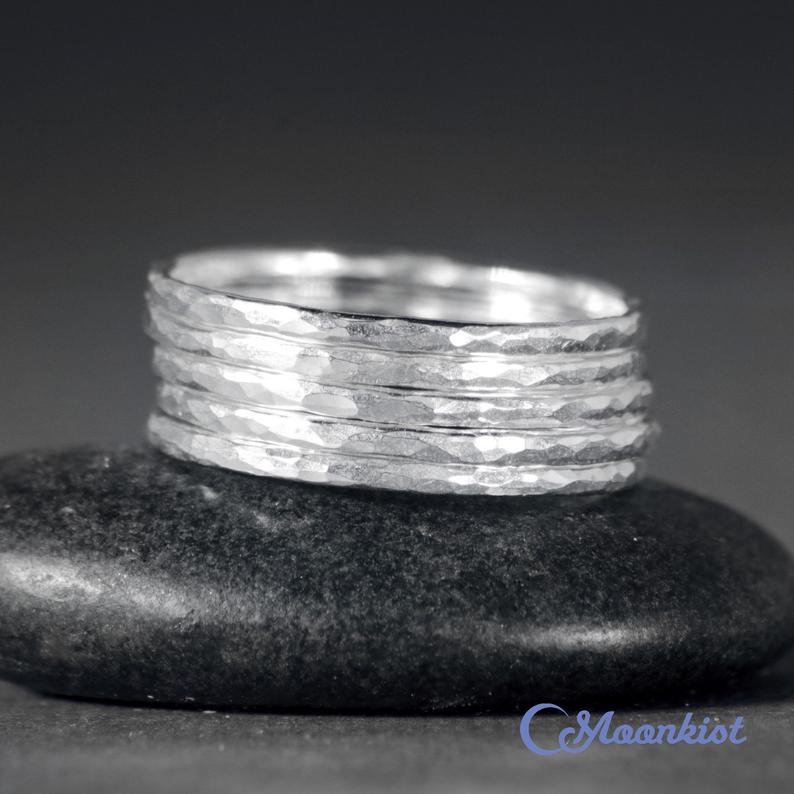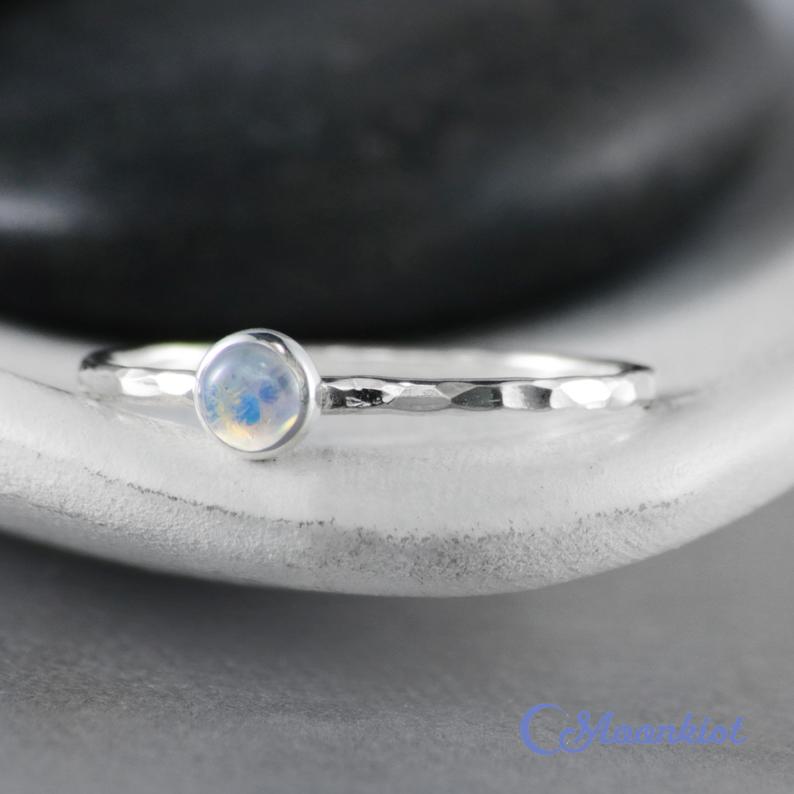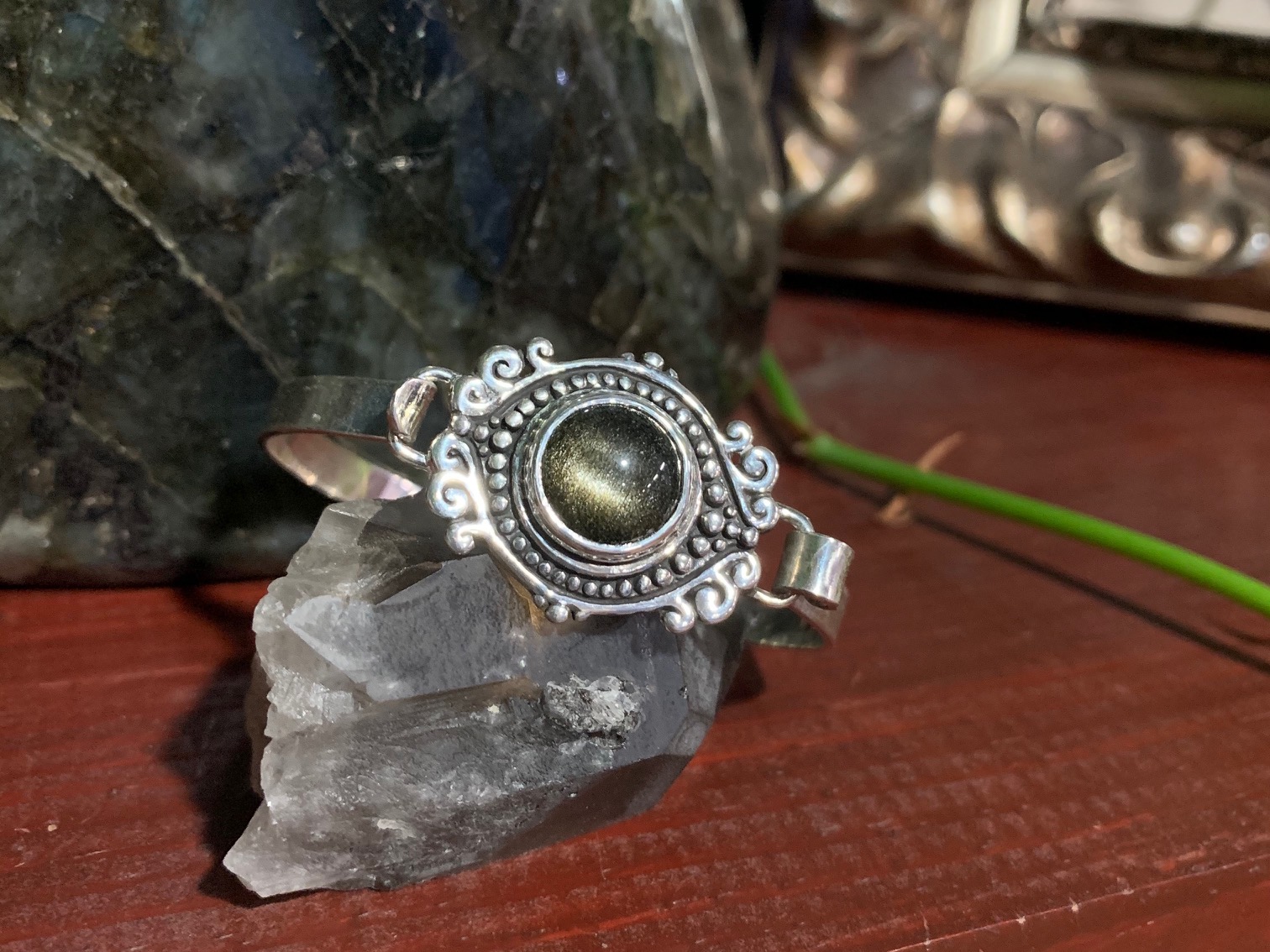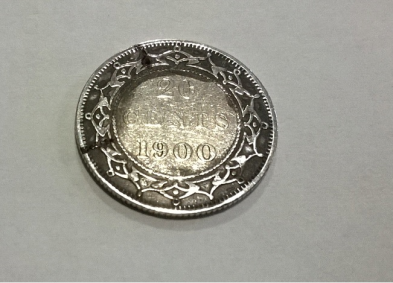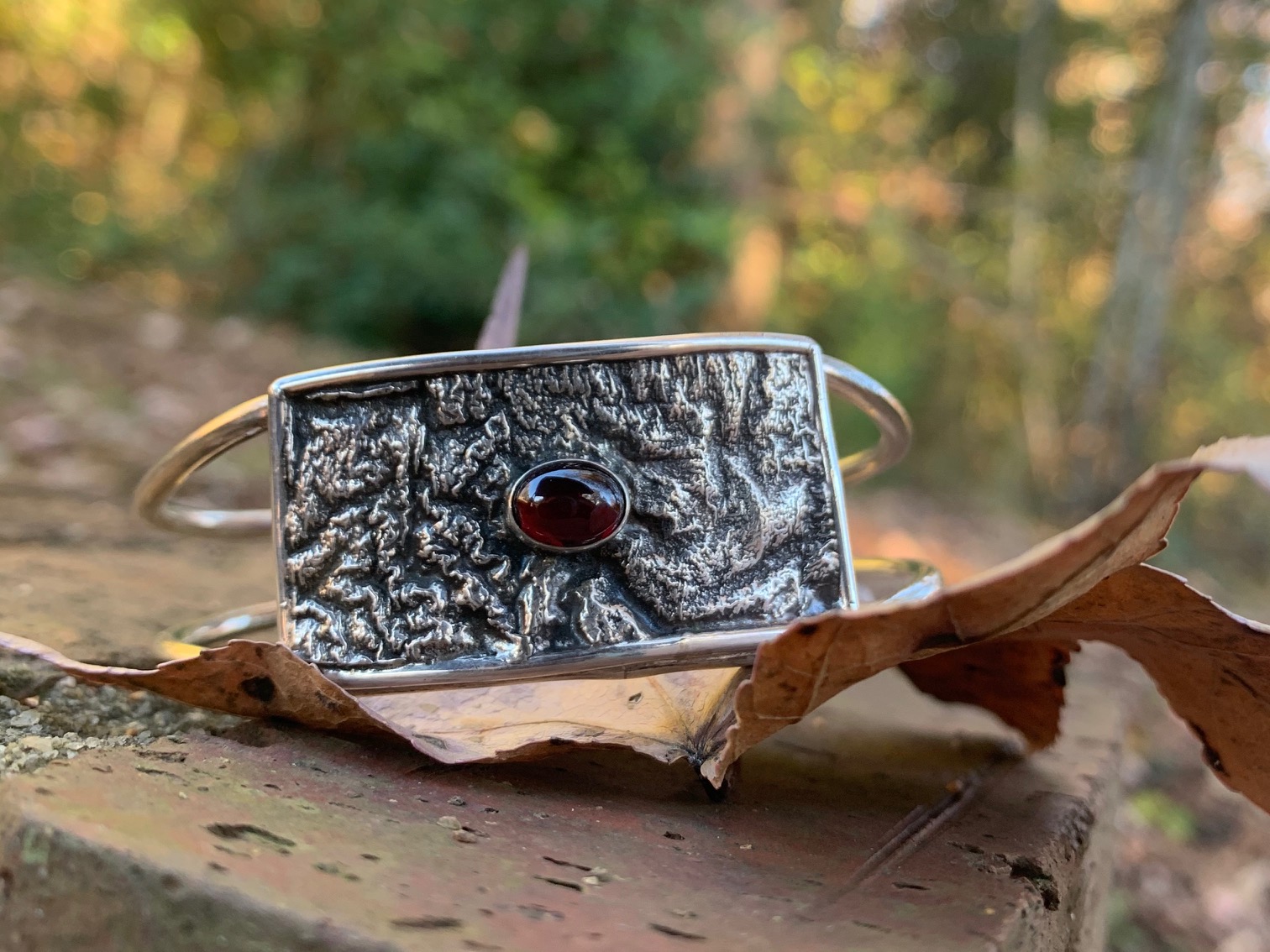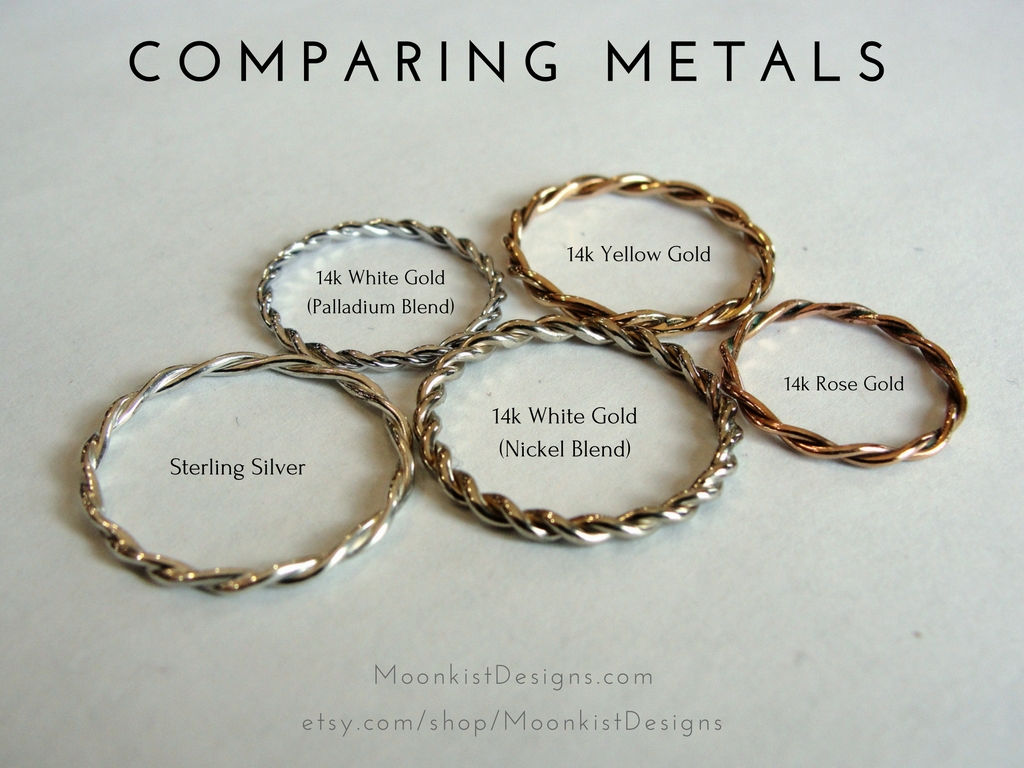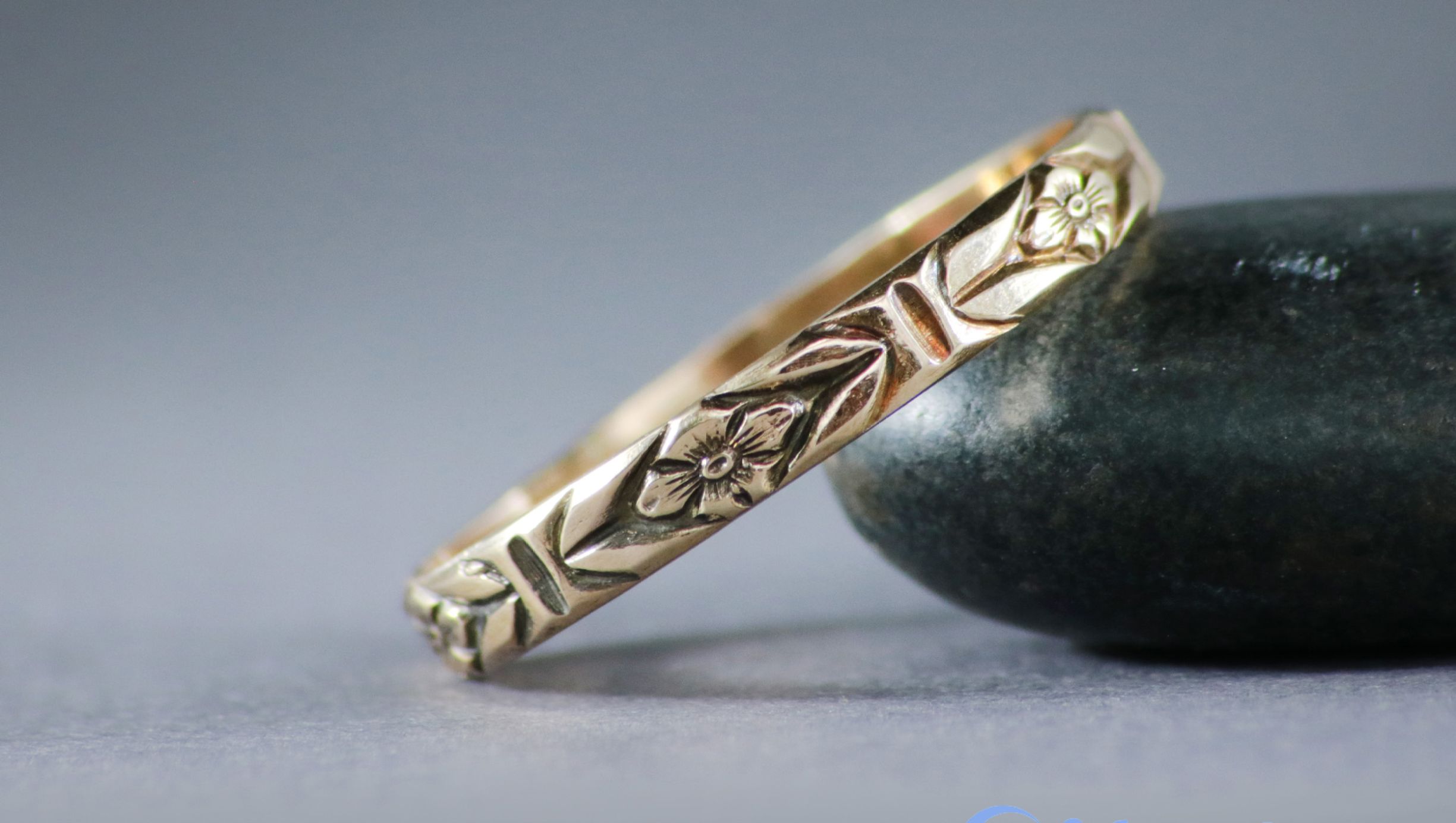A Survivor's Guide to Jewelry Buying - Faceted Shapes%3A Round
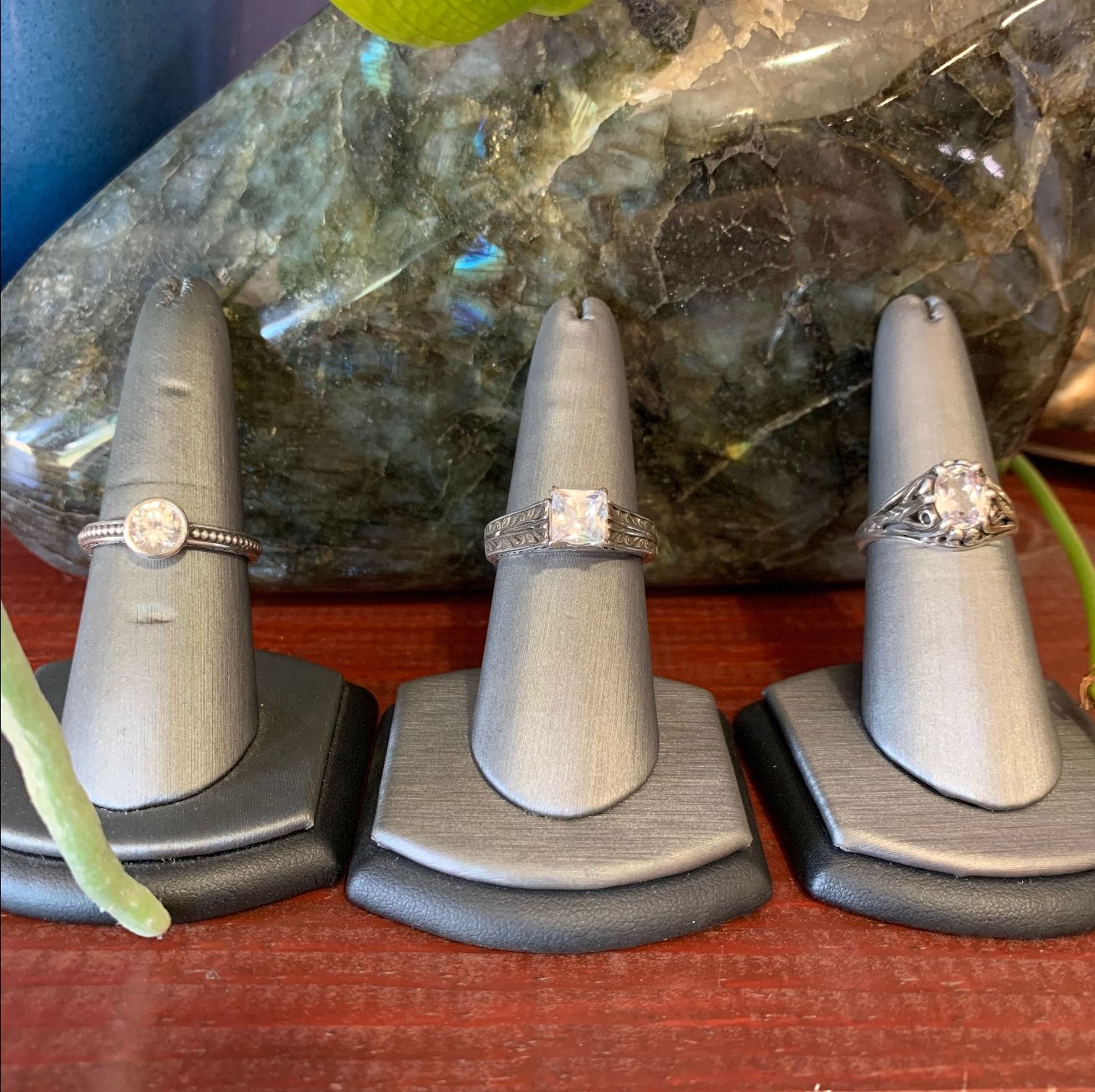
Stones and their unique shape tend to be the “fun” part of designing jewelry. It’s all about finding a stone that suits your hand shape accompanied by the perfect metal. Shapes of stones are as varied as metals we’ve discussed, and there are several options within each shape for the perfect stone. For now, we’re focusing on some of the most popular engagement ring stone shapes.
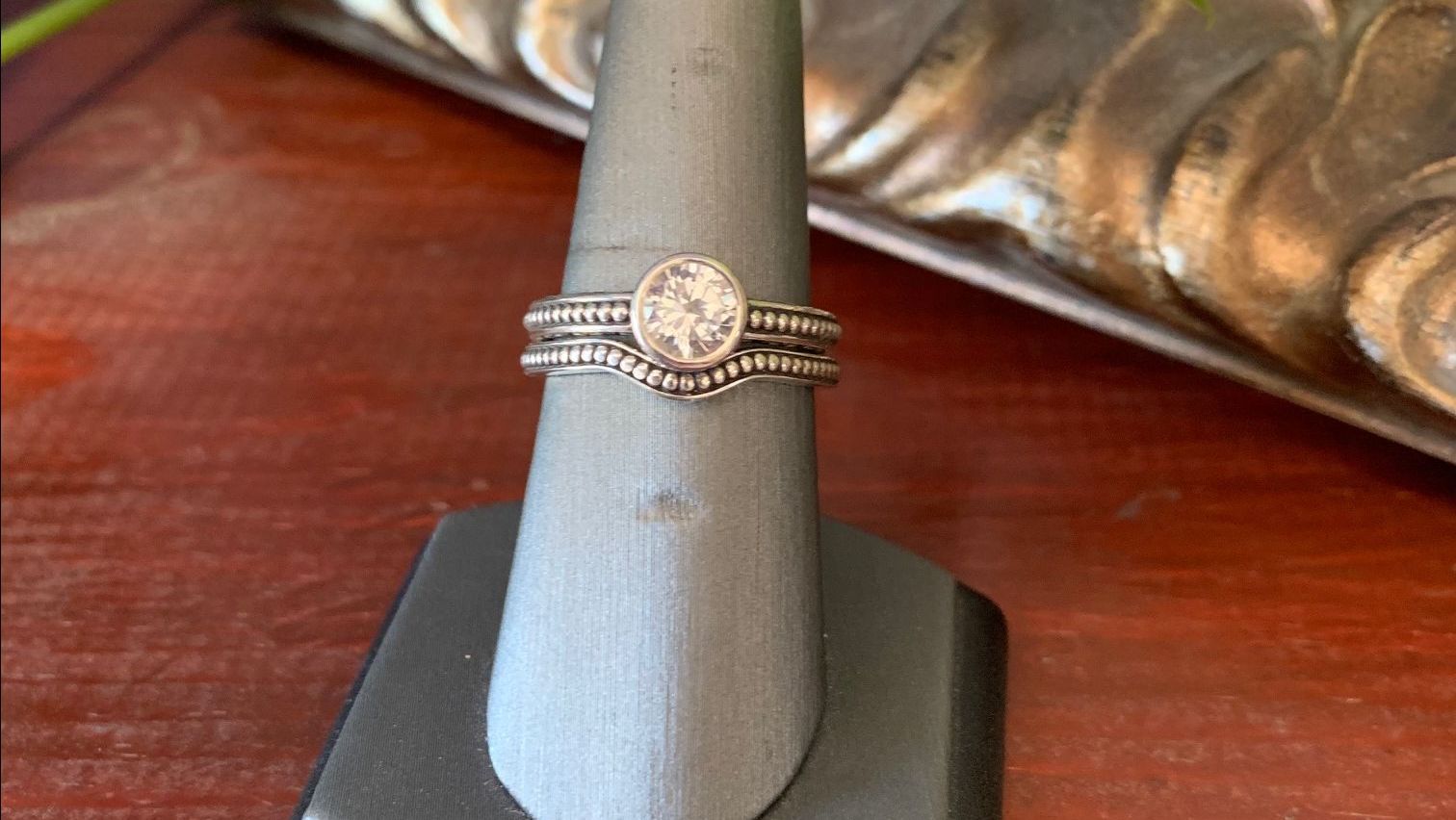
With a lack of corners making it less likely to be chipped in the mounting, it’s no wonder that round stones are widely popular. A round shape truly looks good on all hand shapes and is customizable for each client and their wants. When it comes light refraction, the round brilliant stone cut returns an exceptional amount of light. Round shaped stones can take on many unique forms depending on how they’re cut.
The princess cut, technically named the square modified brilliant, is a square shape with sharp corners. This first appeared for general sale between 1980 and 1981. This is known as a relatively new shape in the world of diamonds, and this cut is considered to be modern and contemporary.
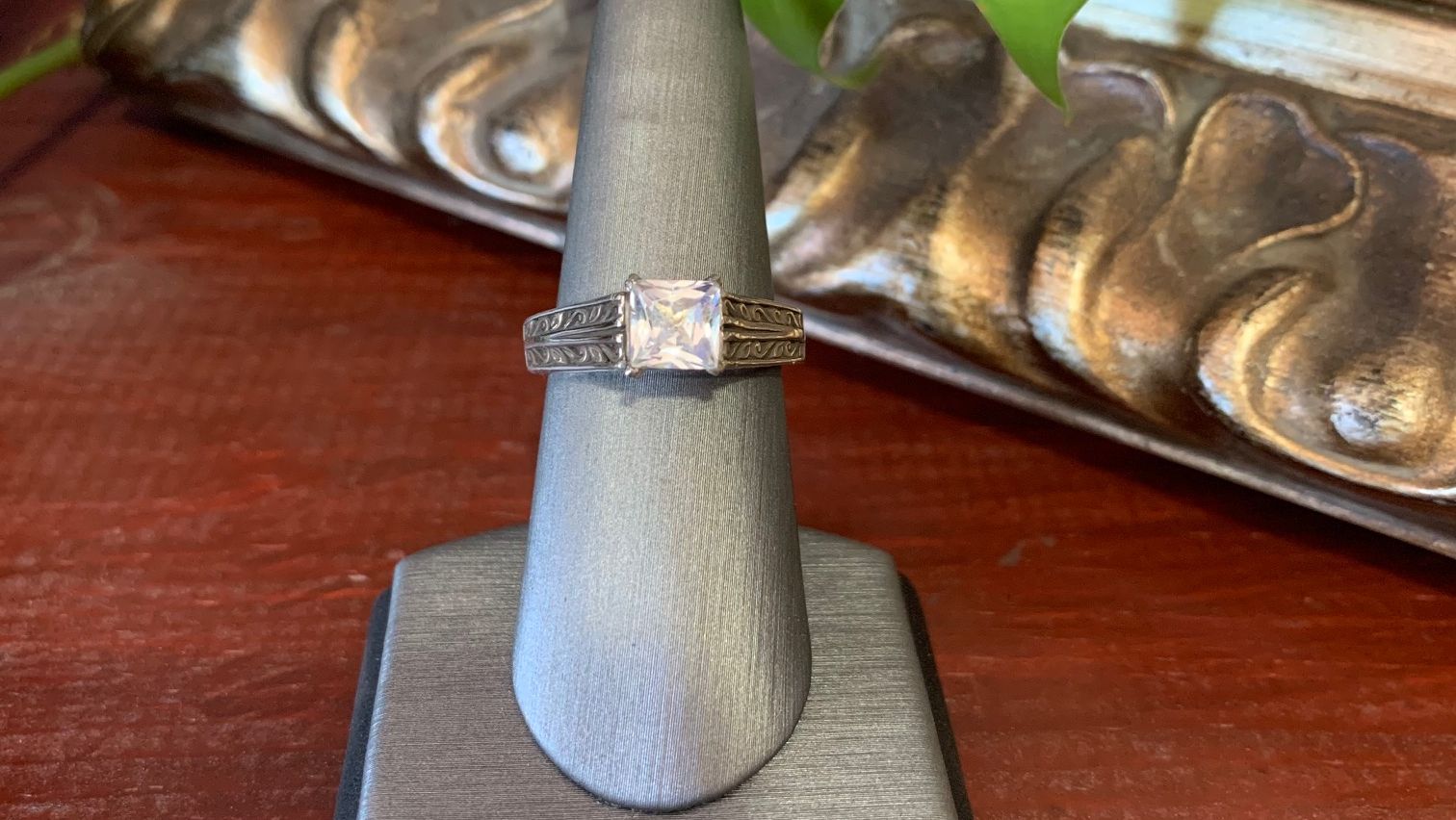

Ovals, a modified version of the round brilliant, has a lot of the same light and color return that is seen in the round stone. It can often give the illusion of a larger size at the same carat weight as a round stone. When thinking about an oval, a well cut one is important. If you have insufficient depth to the stone, it can cause a “bow tie effect.” This is categorized by a dark patch with little reflection which occurs when light doesn’t bounce into the middle of the diamond because of how the stone was cut. In these cases, it’s imperative to find a stone cutter who knows exactly how to handle precious stones to cut them properly.
If you have an idea of a round or oval cut that you’d like to try out, we’re happy to walk you through shapes and options. Every stone is unique just like our customers, so let’s work on a ring of your dreams!






